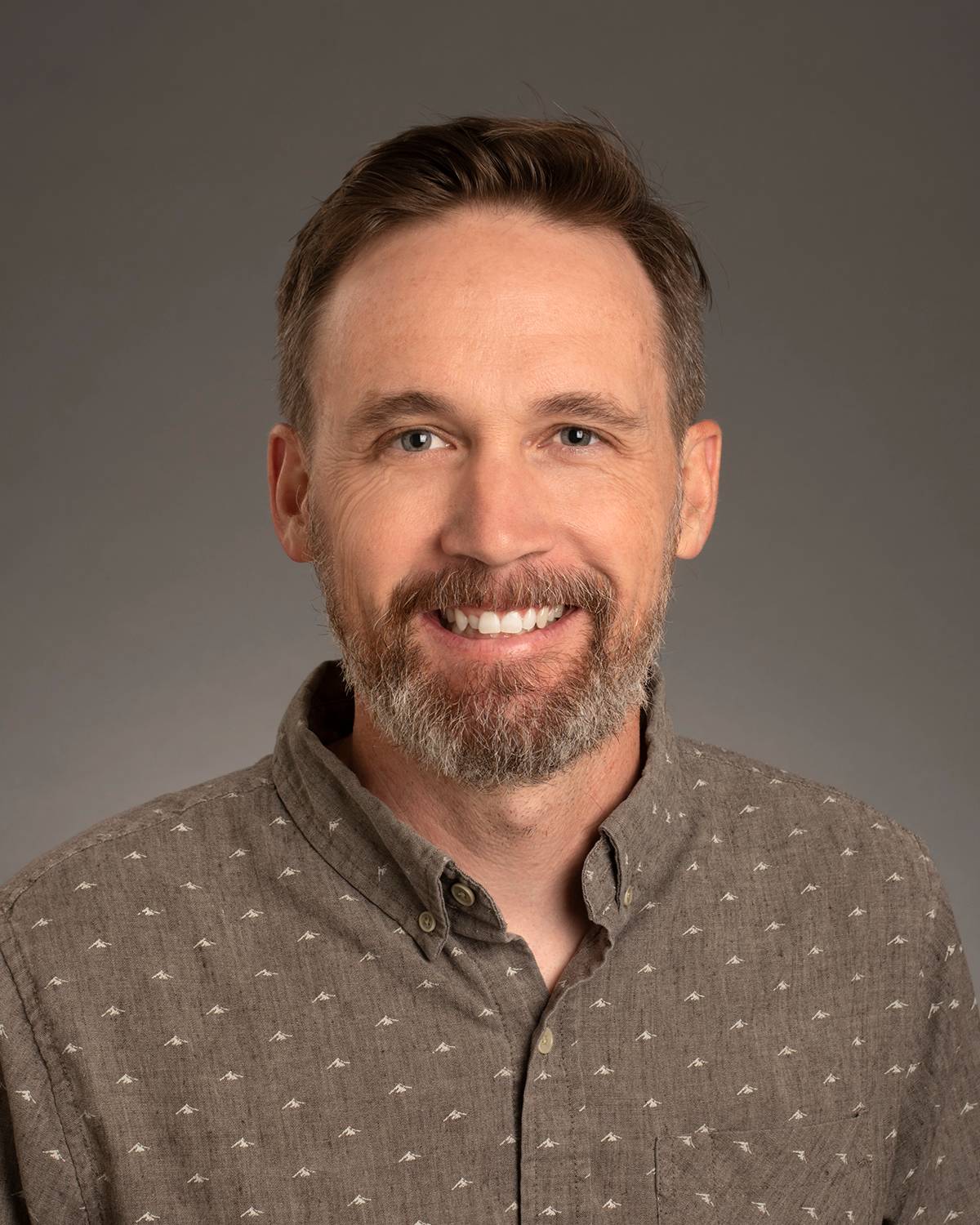
Boise State associate professor of mechanical and biomedical engineering Todd Otanicar and assistant professor of electrical engineering Nirmala Kandadai were selected by the U.S. Department of Energy Solar Energy Technologies Office for 2020 (SETO 2020) funding. The team was awarded $260,000 for a year in order to investigate a novel method to increase the thermal conductivity in heat exchangers, and hopefully improve the performance of concentrating solar power (CSP) plants.
According to the Solar Energy Technologies Office website, the Solar Energy Technologies Office Small Innovative Projects in Solar (SIPS) funds research projects that advance early-stage solar technologies to reduce the cost of solar, increase U.S. competitiveness in manufacturing, improve grid reliability, and tackle emerging challenges in the solar industry.
“Our hopes for this research are two-fold,” said Otanicar. “First, is to enable a significant increase in particle heat transfer properties that enables the next generation of concentrating solar power and thermal energy storage. Second, the development of a new technique to measure near wall heat transfer.”

To improve the performance of CSP, Otanicar and Kandadai are breaking away from the industry norm of using fluids such as molten salts in the heat exchangers in order to discover if solid particles of two different sizes in packed beds can be even more effective. Fluids are not ideal mediums because they are susceptible to freezing, and can also be costly. The team however intends to use cost-effective particles commonly used in fracking.
“Research and commercial interest in solid particles as a means to store and transport high temperature thermal energy has increased significantly over the last few years. This is primarily due to low cost and elimination of freezing concerns seen with molten salts,” said Otanicar.
Otanicar explained that a current limitation with using solid particles in heat exchanger beds is that the voids between particles makes it difficult to move heat in and out of the exchanger. This is why Nirmala and Otanicar’s plan to use mixed particles of two particular sizes will reduce these voids, make the particles more snug, and enable heat to transfer more fluidly. These particles will neither melt nor freeze, which make them an ideal candidate for improving CSP performance. Additionally, the team’s low-cost method could potentially reduce the costs to produce energy for CSPs.
“High temperature thermal energy storage represents a potential opportunity to achieve long duration thermal energy storage that can easily be supplied by concentrating solar power (CSP) plants. Next generation concentrating solar power plants are trying to push to higher temperatures to enable higher efficiency. The project here, if successful, would further improve plant performance at little or no cost,” said Otanicar.
To conclude this research, Otanicar and Kandadai will have the opportunity to test their method with project partner Sandia National Laboratories in New Mexico with a 20 kilowatt prototype system.
About the Solar Energy Technologies Office
The U.S. Department of Energy Solar Energy Technologies Office supports early-stage research and development to improve the affordability, reliability, and domestic benefit of solar technologies on the grid.
Learn more at energy.gov/solar-office.